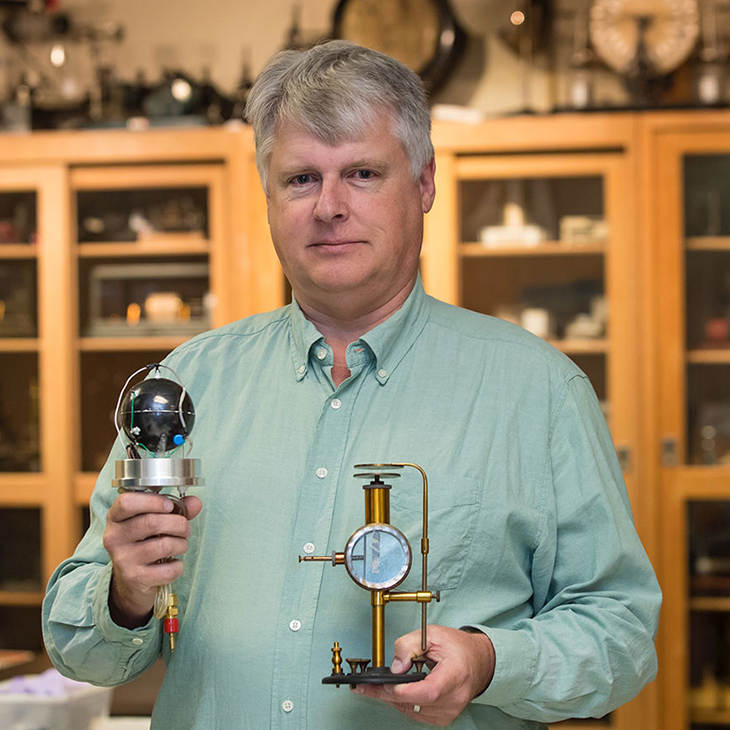
Coming Full Circle
Friday, December 21, 2018
Scientists find themselves reunited at OSU as they work on projects to help NASA get to Mars
Eighteen years ago, a physicist and a materials scientist from different parts of the country were paired on a project for NASA involving the study of radiation. Their paths crossed again in 2008 as colleagues at Oklahoma State University.
Nearly two decades after their first NASA project, physicist Dr. Eric Benton, materials scientist Dr. Ranji Vaidyanathan and their graduate students are making the dream of reaching Mars safely a greater possibility for NASA.
Benton studies radiation itself, designing efficient, economical ways to accurately measure cosmic rays while Vaidyanathan creates new composite materials in hopes of protecting astronauts from them.
“Now, the new administration is talking about a ‘hop, skip and jump,’” Vaidyanathan said. “They are talking about hopping to the moon and jumping to Mars. Not a direct jump. The moon would come first, and creating a colony there. On the moon, they need to create what is called an igloo for protecting astronauts from space radiation and then jumping from there to Mars and back.”
Getting to Mars would take a year at today’s space travel speeds, Vaidyanathan said, noting the voyage isn’t even possible with current spacecraft materials. There’s no clear picture of exactly how much radiation astronauts are exposed to, nor is there a material for the space craft that would fully protect them.
That’s changing.
In partnership with NASA, Benton recently put an inexpensive radiation detector on the International Space Station to find out just how much radiation astronauts in space receive. Next spring, Vaidyanathan will have a composite material with a greater radiation shielding capability on the ISS as well.
